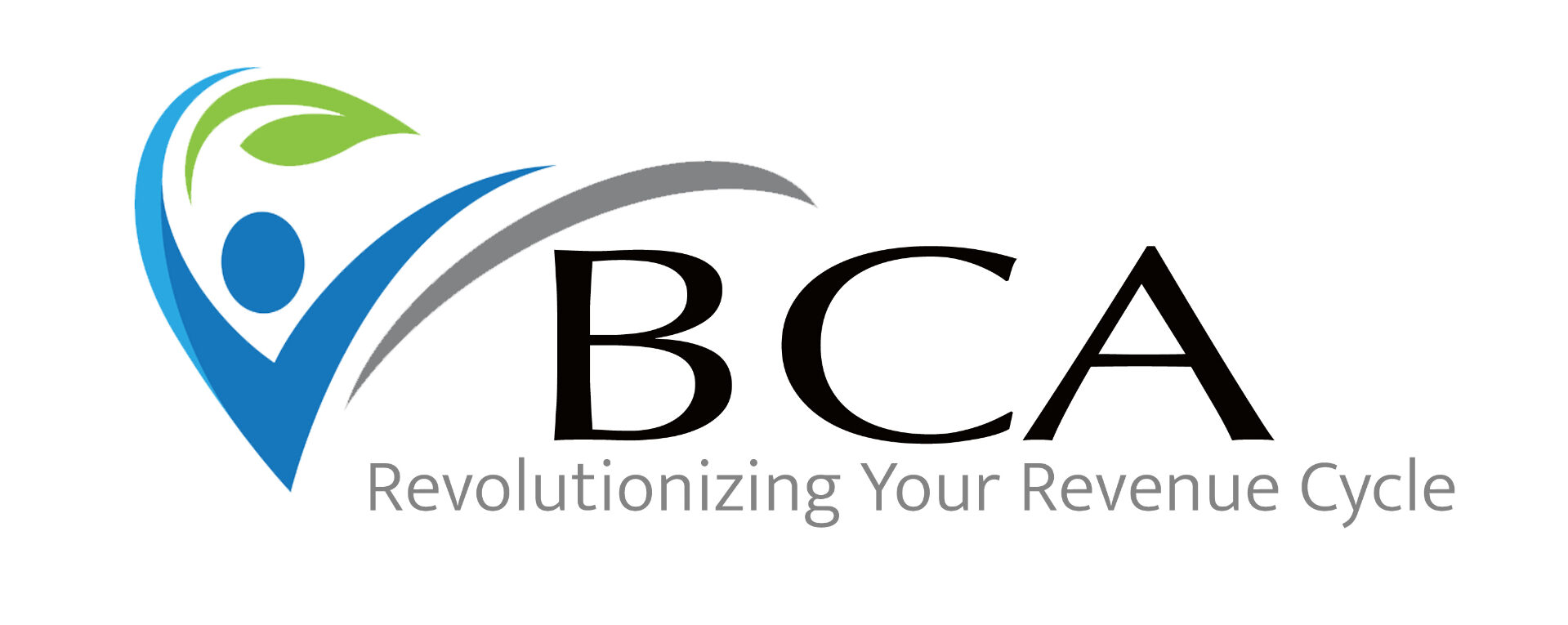We’re seeing a concerning trend in healthcare: providers participating in risk adjustment programs are increasingly feeling pressure to report every chronic condition during visits such as Medicare Preventive Services. While it’s both appropriate and necessary to document conditions that genuinely impact care or require management during a visit, it’s often unrealistic to expect providers to address every chronic condition in a single encounter.
The AMA’s CPT® Professional Edition has long made this clear in the E/M Guidelines Overview: “The main purpose of documentation is to support care of the patient by current and future health care team(s).” While documentation certainly plays a critical role in the revenue cycle, patient care must remain at the forefront of documentation integrity.
During audits, we often see one of two patterns: providers either report just enough diagnoses to get the claim through, leaving several supported conditions unreported, or they feel pressured to cram as many diagnoses as possible into limited billing slots, regardless of whether they were managed or impacted care that day. As providers take on more responsibility for navigating complex coding requirements and tasks that were never meant to rest solely on their shoulders, it’s no surprise that burnout, coding fatigue, and documentation gaps are on the rise.
Providers should never feel compelled to report diagnoses that neither affect nor require care today. Participation in risk adjustment models doesn’t require overdocumentation; it requires truthful, complete storytelling that reflects the excellent care provided through the complete and accurate diagnostic picture presented in claims. This responsibility shouldn’t fall solely to the provider alone. Instead, organizations should ensure that professional coders are equipped and expected to support providers in accurately capturing the care delivered.
Organizations can strengthen provider support by establishing clear, actionable coding policies grounded in current ICD-10-CM guidelines, AHA Coding Clinic interpretations, and CMS requirements. Standardized provider query templates should promote consistency and allow for straightforward, single-step responses. In addition, peer review among coding teams can help eliminate inconsistent interpretations, a frequent source of frustration for providers.
Protecting documentation integrity starts by bringing the focus back where it belongs: on the patient, not paperwork.
